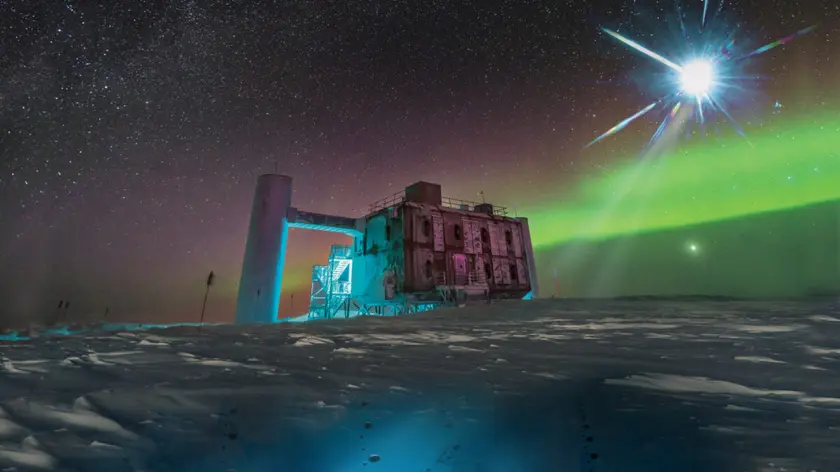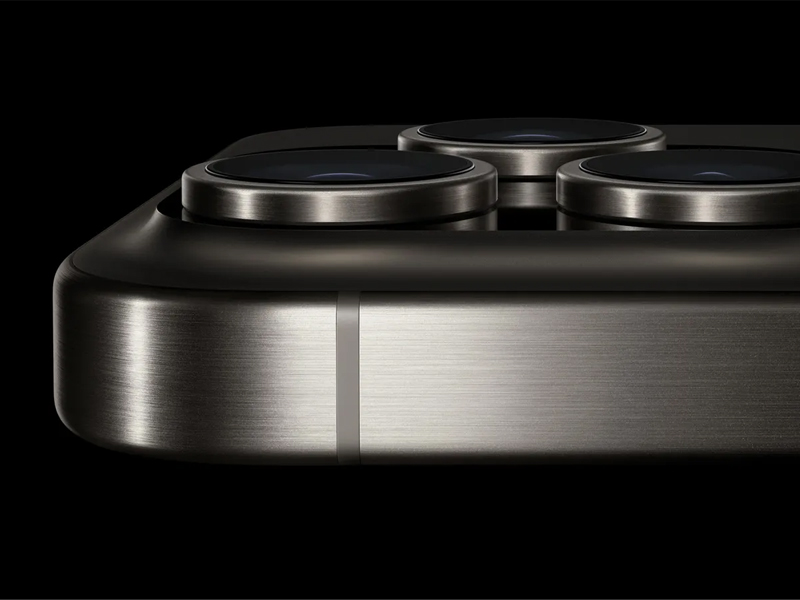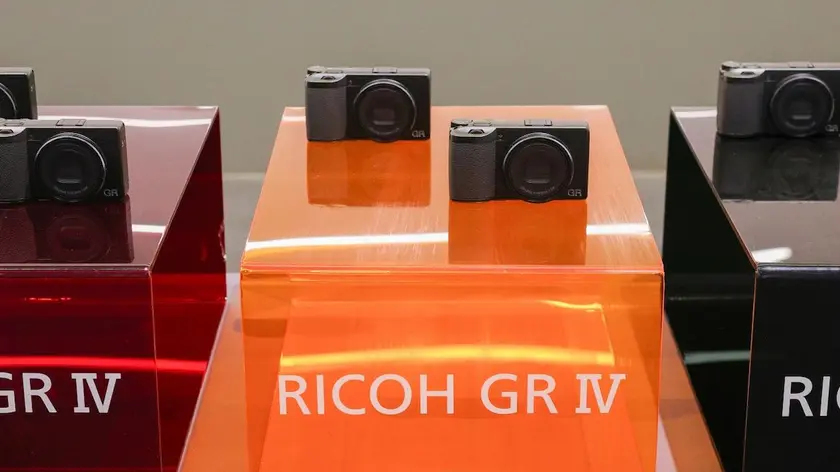T4K3.news
IceCube Upgrades Set to Expand Neutrino Reach
Gen2 upgrades will deepen neutrino measurements and push the boundaries of high-energy physics in Antarctica.

A look at IceCube's 20 year journey and the upgrades elevating one of the world’s largest neutrino detectors.
IceCube Expands Cosmic Reach
IceCube sits on a vast Antarctic glacier, using 5160 digital optical modules to catch faint light from neutrinos that travel across the universe. The detector recently set tight limits on ultra-high-energy neutrinos and is gearing up for a major upgrade, IceCube Gen2, to grow its reach even further. The project has become a cornerstone of neutrino astronomy and a model of international collaboration in extreme conditions.
The upgrades aim to map the glacier’s optical properties with cameras and light sources, while concentrating sensors in the detector’s core to improve measurements of lower-energy neutrinos. Studying these neutrinos helps scientists explore flavor oscillations, a quantum effect that changes neutrinos as they travel, and could shed light on how neutrinos gain mass. The work has already yielded landmark results, like identifying tau neutrinos at high energies and capturing the first galaxy-scale neutrino image, underscoring IceCube’s role in opening a new window on the cosmos.
Key Takeaways
"IceCube is a million times larger than the next neutrino experiment that we have built in the laboratory."
Scale of IceCube expressed by Argüelles-Delgado
"We’re going to install a bunch of cameras and light sources to survey the glacier better."
Details of upgrade plan
"If we discover the nature of neutrino masses is due to this quantum oscillation phenomenon of the high energies, this will be like a Nobel Prize discovery."
Potential significance of findings
"KM3NeT in the Mediterranean has reported observations of a neutrino that’s 100,000 times more energetic than the LHC beams."
Reference to other experiments
IceCube’s scale matters because rare signals require vast surveys. The project shows how science can be a long game, built on meticulous engineering and patient data gathering. It also highlights a common tension in big science: the balance between pushing technical frontiers and delivering comprehensible insights for the public.
Looking ahead, Gen2 signals a shift from discovery to precision. By refining measurements of low-energy neutrinos and better understanding the ice itself, researchers hope to answer big questions about neutrino masses and the energy landscape beyond the LHC. The initiative blends curiosity with practical challenges, reminding us that frontier science thrives on collaboration, funding, and a willingness to chase the strange through the cold.
Highlights
- Neutrinos travel the cosmos with almost no interaction and a lot to teach us.
- We are standing at the edge of the unknown, one photon at a time.
- KM3NeT has observed a neutrino 100 000 times more energetic than LHC beams.
- What we learn here could flip what we think about mass.
The ice hides secrets that may reshape our view of matter and the universe.
Enjoyed this? Let your friends know!
Related News

Heat tests players at Cincinnati Open

Call of Duty Season 5 Goes Live Tomorrow

Apple sets date for iPhone 17 Pro launch

GeForce NOW adds RTX 5080 GPUs and cinematic streaming

Shadow Labyrinth launched for Nintendo Switch 2

Ricoh GR IV preview details

EV long trip reveals time and cost hurdles

Russia Builds a Wartime Edge
